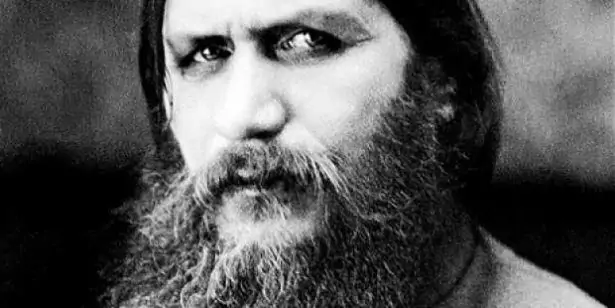-
3-minute read
-
5th August 2020
How to Cite an Online Image in Harvard Referencing
Want to use an image you found online in your academic writing? Read our guide below and find out how to cite an online image using Harvard referencing, including the in-text citations and reference list entry.
How to Cite an Online Image in Harvard Referencing
To cite an image found online in Harvard referencing, you need to give the creator’s surname and the year of creation in the in-text citations:
This picture depicts George V and Nicholas II in Berlin (Sandau, 1913).
If you name the creator in the main text, though, you only need to include the date in brackets. For example:
Sandau’s (1913) photograph depicts George V and Nicholas II in Berlin.
You won’t always be able to find the creator or date for images you find online, though. In these cases, you’ll need to adapt the citation accordingly:
- If you cannot find an image’s creator, give its title in italics (if you can’t find the title either, use a short description of what the picture depicts).
- When the date is missing, use the abbreviation ‘n.d.’ (short for ‘no date’).
This might work in practice as follows:
Rasputin was known for his piercing gaze (Detail of Rasputin, n.d.).
Here, for instance, we give a description of the photo you can see below. And the reader would then use this description to look up the photo in the reference list, where you’ll provide full source information.

Online Images in a Harvard Reference List
The reference list format for an online image in Harvard referencing is:
Find this useful?
Subscribe to our newsletter and get writing tips from our editors straight to your inbox.
Subscribe to Beyond the Margins and get your monthly fix of editorial strategy, workflow tips, and real-world examples from content leaders.
Creator surname, Initial. (year) Title of image, Collection (if applicable) [Online]. Available at URL (Accessed date).
So, for our first example above, the full reference would be:
Sandau, E. (1913) Nicholas II, Emperor of Russia (1868-1968), and King George V (1865-1936), Royal Collection Trust [Online]. Available at https://www.mountainsandmegapixels.com/?lightbox=dataItem-kas62h851 (Accessed 4 March 2019).
As with citations, though, you’ll need to adapt the reference if you don’t have the creator’s name or year of production. The key points here are:
- When no creator name is available, use the image title (or a description) in its place. You will also use this to determine the position of the source in an alphabetical reference list.
- For images with no date, use ‘n.d.’ in place of the year.
Thus, we would reference the second example above as follows:
Detail of Rasputin (n.d.) [Online]. Available at http://www.referenced.co.uk/ten-historical-figures-who-died-unusual-deaths/ (Accessed 8 May 2020).
Harvard Variations and Proofreading
Harvard referencing is a style, not a system. Consequently, the exact format used for citations and references may vary. We’ve used the guidelines set out in the Open University’s guide to Harvard referencing [PDF], but make sure to check your university’s style guide if you have one.
Whatever style of referencing you use, though, clarity and consistency are key. So, to make sure your academic writing is always error free, why not ask Proofed’s referencing experts to check your citations are all in order?




